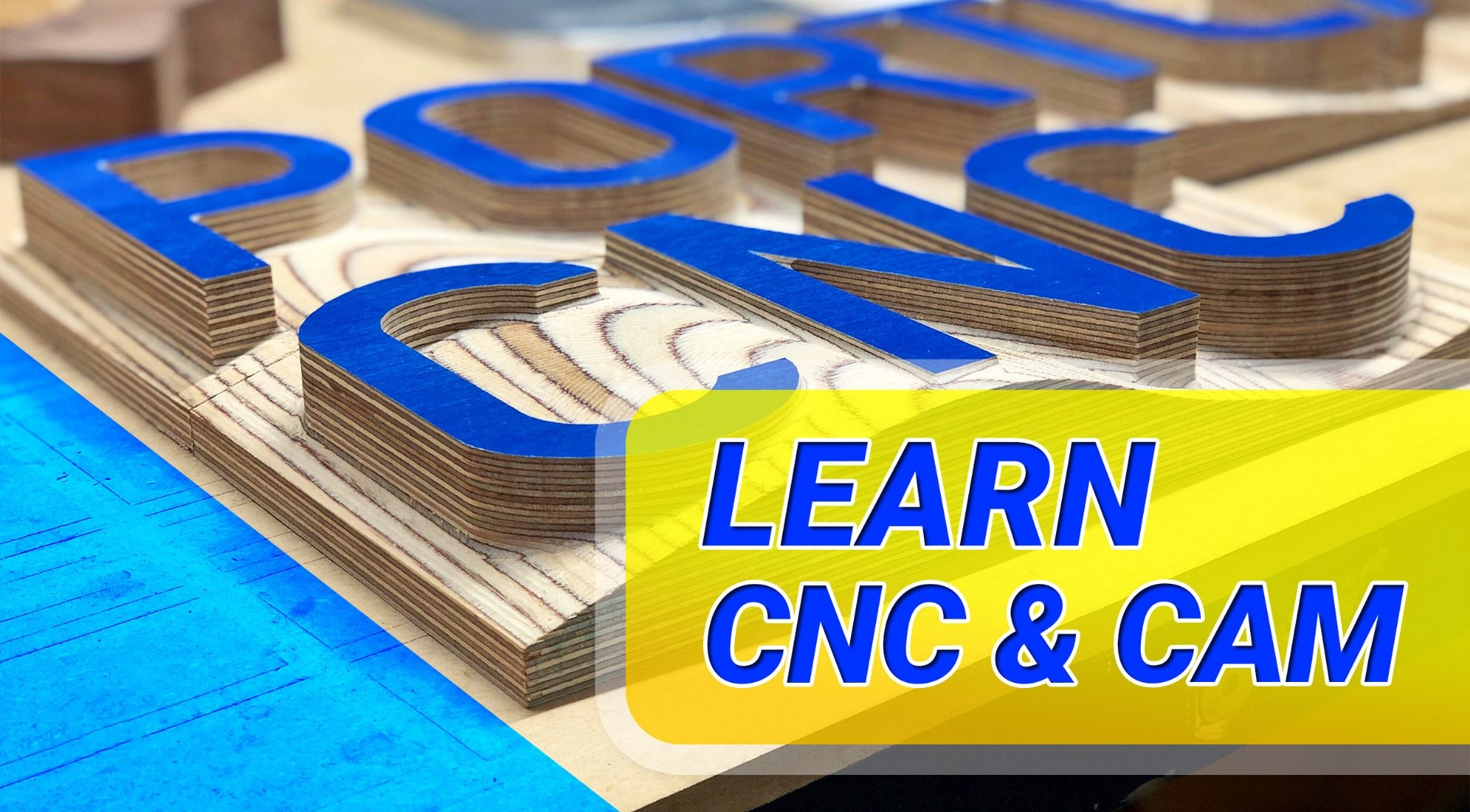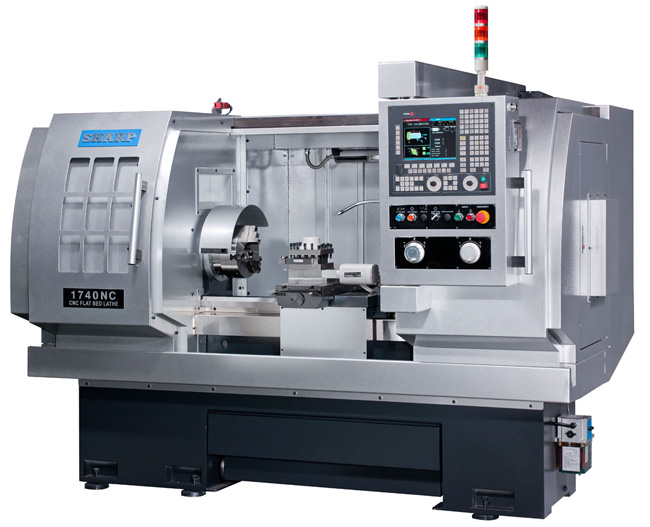Our Courses

1. CNC Machine Operating, Setting :

Embark on a comprehensive journey
into CNC technology. From foundational principles to intricate programming
, you'll learn the art of CNC machining.
2. CNC Machine Programming 2D :

CNC Zone offers an extensive
CNC machine programming course, providing hands-on training
in precision programming techniques. Elevate your skills and excel
in the world of CNC machining with expert guidance from industry
professional.
3. VMC Machine Operating, Setting:

Elevate your expertise
with specialized training on Vertical Machining Centers, mastering the
complexities of CNC in precision manufacturing.
4. VMC Machine Programming 2D:

The VMC Machine Programming
Course at CNC Zone offers comprehensive training in operating
and programming Vertical Machining Centers (VMCs). Gain
expertise in G-code programming, tool selection, simulation,
and practical machining, equipping you to excel in precision
manufacturing. Master VMC programming, enhance safety
protocols, and optimize machining processes through hands-on
projects and expert guidance. Elevate your skills with CNC Zone's
industry-focused training for a successful machining career.
5. CNC lathe Operating :

A lathe is a CNC machine that funcƟons to cut work pieces as they are rotated. CNC
lathes can make precise cuts quickly by using various tools.
These CNC machines are quite effecƟve in the precision they offer compared to manual
lathes. They oŌen have fewer axes than CNC milling machines, and are therefore smaller
in size and more compact.
CAD/ CAM SOFTWARES

We're committed to shaping your proficiency in every facet of CNC technology
Auto Cad :
AutoCAD is a widely used computer-aided design (CAD) software that enables users to create and edit 2D and 3D designs and drawings. It's a valuable tool in various industries, including architecture, engineering, and manufacturing. AutoCAD streamlines the design process, offering precision and efficiency in creating detailed plans and models.
AutoCAD 3D Designing :
AutoCAD 3D Designing is an advanced feature of AutoCAD that allows users to create three-dimensional models and designs. It is particularly valuable in industries such as architecture and product design. With AutoCAD 3D, designers can visualize their projects in three dimensions, enhancing the ability to plan, analyze, and present their ideas.
SolidWorks 3D Designing :
SolidWorks 3D Designing is a leading software in the field of computer-aided design (CAD) and is widely used for creating intricate 3D models. It is particularly popular in engineering and product design industries. SolidWorks provides a comprehensive set of tools for modeling, simulation, and documentation.
NX CAD, NX CAM :
NX CAM and NX CAD are cutting-edge software solutions for computer-aided design and computer-aided manufacturing (CAD/CAM). These tools are widely used in various industries, including aerospace, automotive, and manufacturing. NX CAD allows designers to create highly detailed and precise 3D models and designs
Power Mill :
Power Mill is a sophisticated computer-aided manufacturing (CAM) software widely used in industries like aerospace and automotive. It specializes in generating precise toolpaths for CNC (Computer Numerical Control) machines, including milling and machining centers.
GD&T :
GD&T, or Geometric Dimensioning and Tolerance, is a system used in engineering and manufacturing to define and communicate the allowable variations in form, size, and orientation of mechanical parts and assemblies. It utilizes standardized symbols and notations to specify these tolerances on technical drawings.